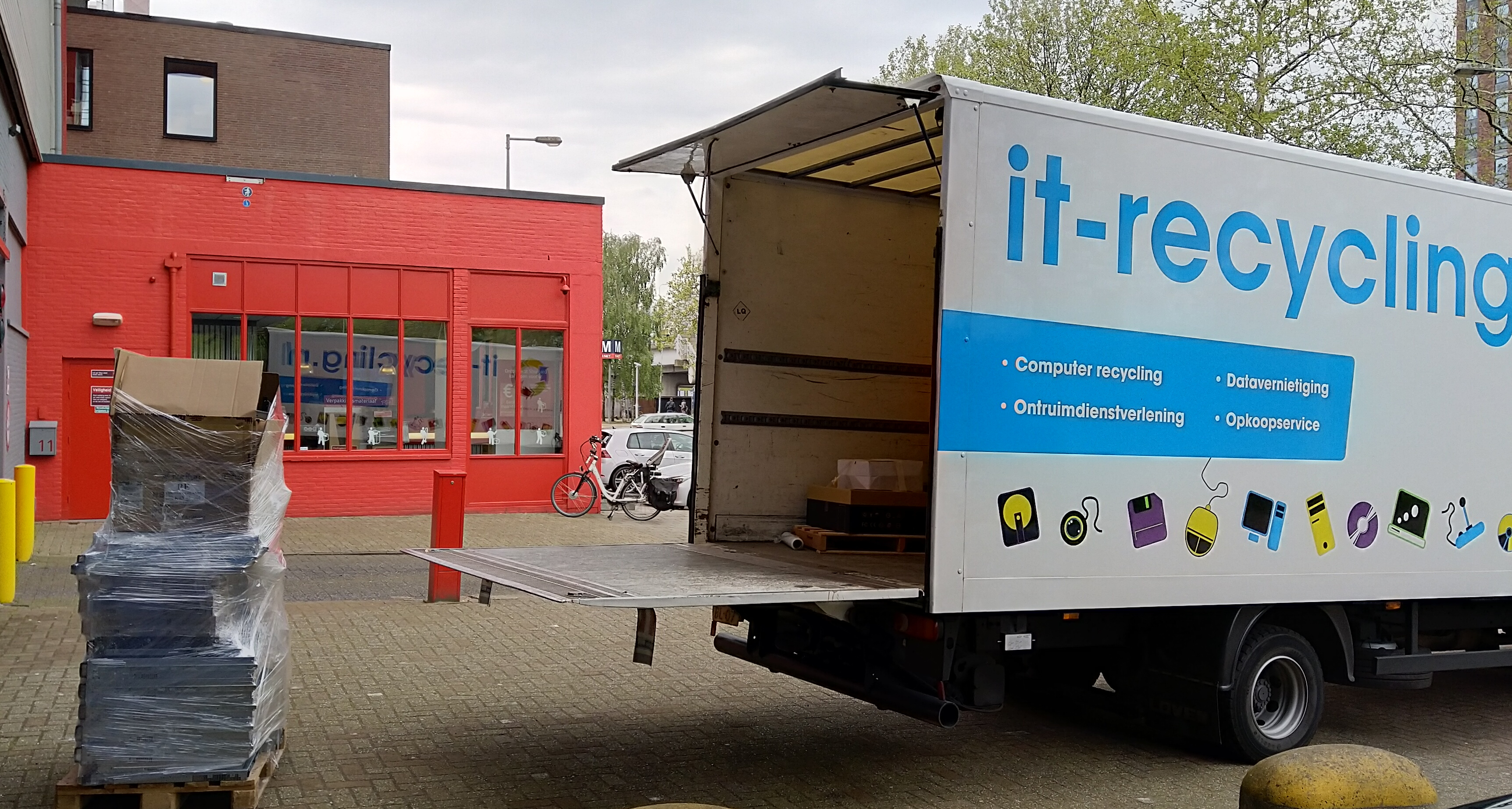Our trusty Customer Portal has long provided a convenient way for our customers to access select self service functions, update contact data, pay invoices and contact support via a secure authenticated channel.
Today we are pleased to announce a new capability. End users of our Hosted Email service may now log in with their email address and password, and conveniently gain access to:
- Mailbox settings including Change Password and Vacation Message functions
- SpamTitan user profile settings where the Spam Quarantine threshold can be tweaked, the frequency and language of the Spam Quarantine Report can be changed, along with numerous other settings.
- Direct access to RoundCube Webmail
- Authenticated customer support channel including a form to submit a new ticket and a Live Chat feature.
Over the coming months we plan to work on a number of frequently requested features such as scheduled vacation messages and integrating other services which currently only offer stand-alone interfaces. If there is a feature you would love to see added please do not hesitate to drop us an email.


